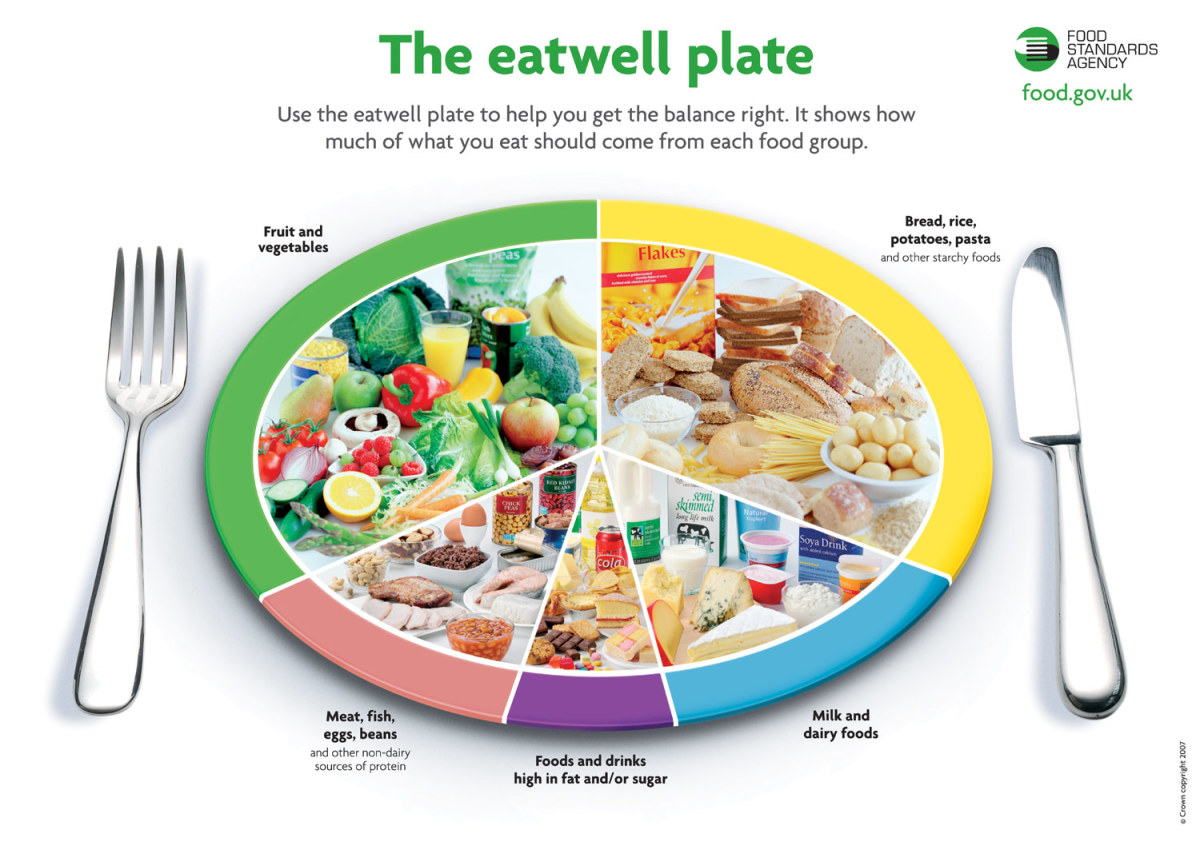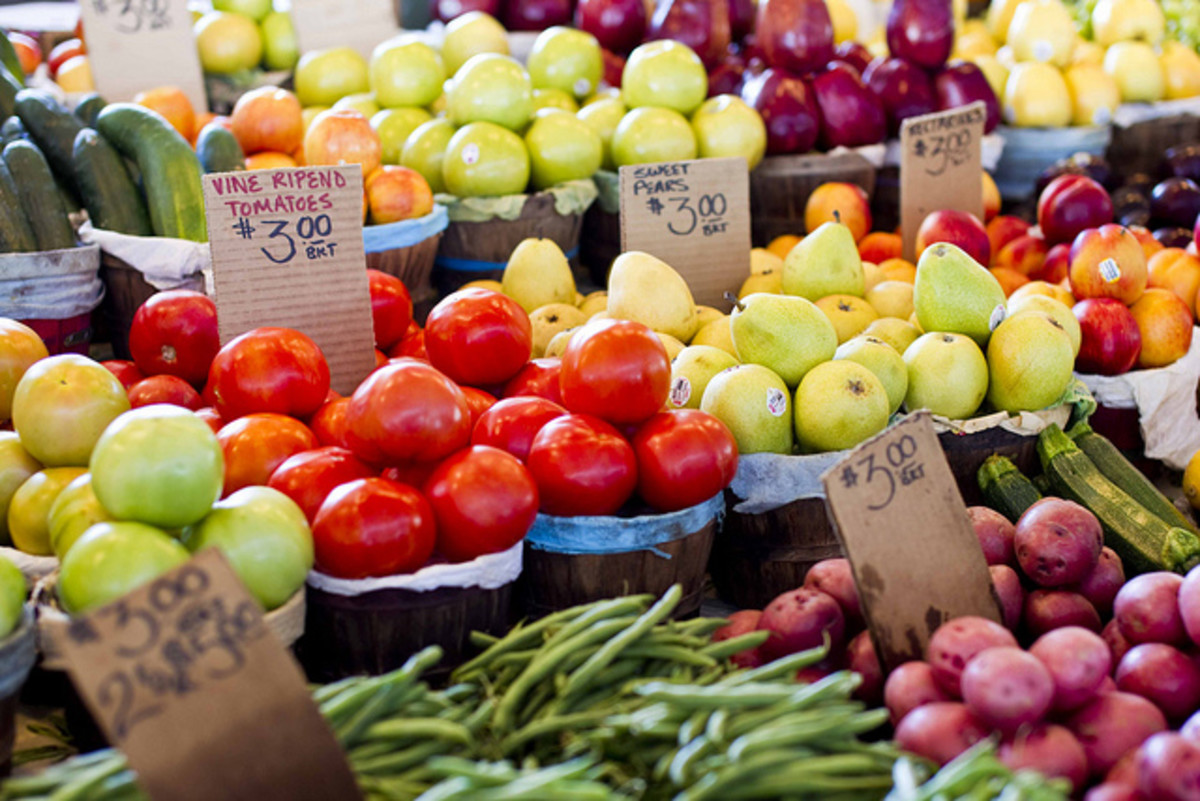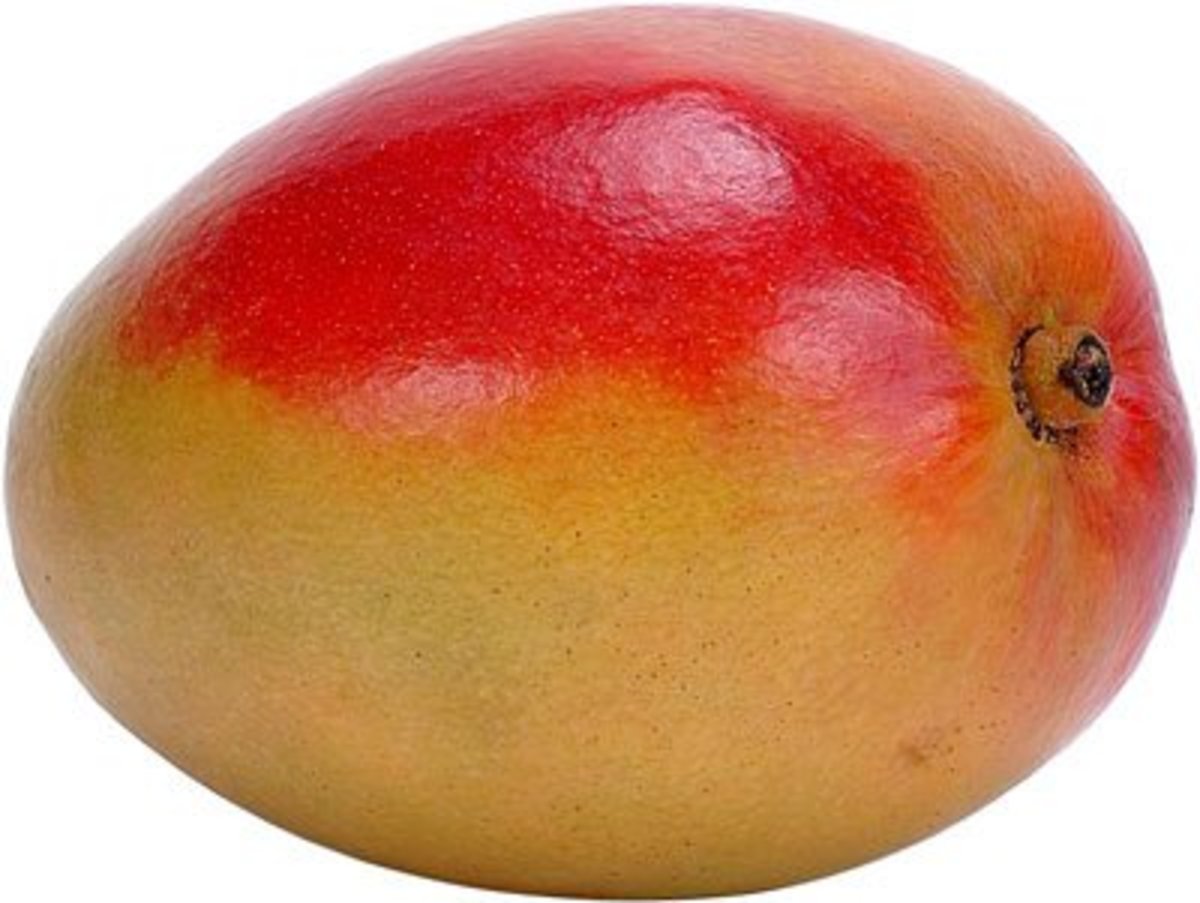Keto Diet 101
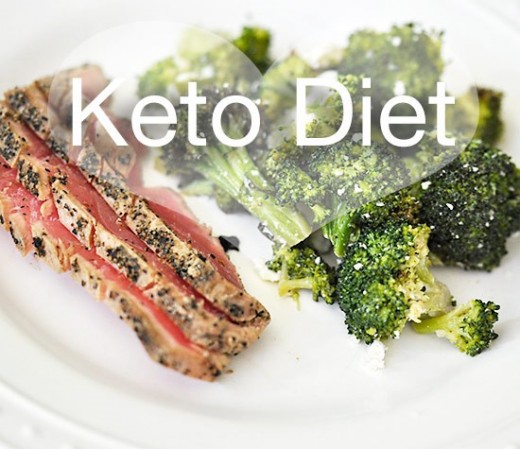
Why Is It So Popular?
The “Keto” diet is rapidly becoming one of the hottest nutritional trends since Paleo took the stage - only with more healthy fats, less protein, and virtually zero carbs. As a quick way to drop extra weight, get lean, and improve one’s overall health, the “Keto” diet is all the rage and is now being embraced by celebrities, athletes and supermodels like Kim Kardashian and LeBron James.
But, is it legit? New scientific evidence suggests it is. Originally developed in the 1920’s to treat epilepsy in children, the ketogenic diet (also known as Low Carb High Fat or LCHF) offers other great health benefits including improved mental focus, increased physical endurance, normalized blood pressure, diminished migraines, and the list goes on.
How did the “Keto” diet movement get its start? It took flight when the ‘eating saturated fat makes you fat and sick’ myth was debunked by two cardiologists in 2013. Scientists have gone on to prove that the real culprit in the rampant instances of diabetes, heart disease and obesity today is a highly-processed carb diet. A large, 18-country study shows that this dietary behavior is one of the main culprits for degenerative diseases such as cancer, heart disease, diabetes, stroke, Alzheimer’s, etc.
It’s fairly common knowledge that what we put in our bodies determines our well-being. Eating healthy food keeps you healthy. Eating garbage, not so much. Turns out, a “Keto” diet not only leads to amazing health benefits, but it can also improve the aforementioned health issues. It all starts with the type of fuel (food) we put in our body.
The human body only use two types of fuel: sugar or fat. Most Americans in contemporary society have become SUGAR burners and not FAT burners by eating an excessively highly-processed carb (a.k.a sugar) diet. Yet the body requires very few carbs (including healthy ones – vegetables, fruits, etc.) to subsist. Fat and protein are the vital nutrients we need to survive, thrive and maintain lean body mass.
What is the Keto Diet?
What does a “keto” have to do with it? It refers to a small molecule called a “ketone” the body produces from fat. They are made if you eat very few carbs and only moderate amounts of protein. Ketones are what fuels the body, including the brain. The whole “Keto” diet is based on a process called “ketosis” - where the body depletes itself of carbs and the liver converts fat into fatty acids and ketone bodies. Ketones are then used as energy or fuel.
A “Keto” diet is great if you’re trying to lose weight because it turns your body into a fat-burning machine. Ketones replace carbs as your body’s main energy source and switch its fuel supply to run almost entirely on fat and moderate amounts of healthy protein instead of sugar. Other benefits include less hunger and a steady supply of energy.
Dr. Westman, director of Duke University Obesity Clinic and co-author of Keto Clarity, has helped countless morbidly obese people release thousands of pounds. He tells his patients not to fear fat. “Eat lots of fat. Fat makes you feel full. There’s no problem with fat. In fact, saturated fat – the fat that we’ve been taught not to eat – raises your good cholesterol the best of all the foods you can eat,” said Westman. Research conducted by the American Journal of Clinical Nutrition supports his assertion.
What Can You Eat?
The recommended nutrient ratio is about 75% healthy fats, 23% protein (too much protein can also turn to sugar in the body), and 2% carbohydrates. The most important thing in reaching ketosis is to avoid eating foods full of sugar and starch like bread, pasta, rice and potatoes. To be more precise, the top priority is to eat REAL FOOD. Here is a list of some staple foods for someone following a ketogenic diet:
ANIMAL PRODUCTS
As much as possible, eat only organic, grass-fed, and sustainably-raised animal products such as:
- Beef
- Pork
- Chicken
- Lamb
- Seafood
- Cheese
- Eggs
VEGETABLES
Choose vegatables that are low in carbs like:
- Cauliflower
- Zucchini
- Broccoli
- Kale
- Radishes
- Leafy Greens
- Celery
- Asparagus
FRUIT
Many fruits are high in carbs, however, here are some low-carb options:
- Avocados - guacamole, tuna-stuffed avocados, crab-stuffed avocados, deviled eggs with avocado, omelettes with avocado, or plain with salt and pepper.
- Berries - orgainc strawberries, blueberries, and blackberries
COOKING OILS
- Butter
- Ghee
- Olive Oil
- Coconut Oil
- Avocado Oil
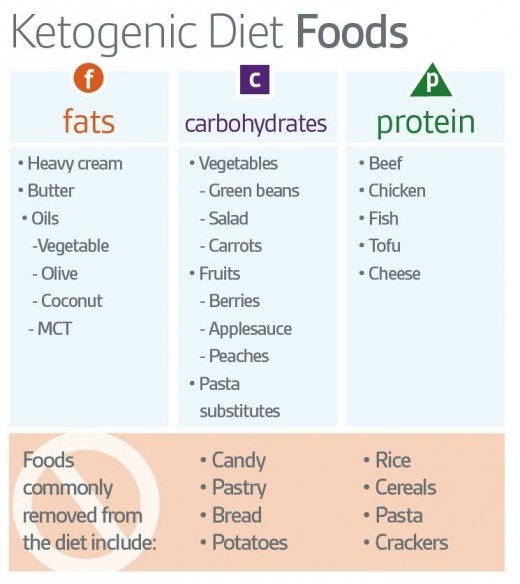
What Foods to Avoid
Eventually, all carbohydrates burn as sugar. The sugar that makes fruit sweet is called fructose, and it's a simple carbohydrate. Starches found in foods like rice, bread, pastry, and pasta are considered a complex carbohydrate and are made up of chains of sugar molecules. In other words, if a food contains either sugars or starches, its considered a carb. This means you'll want to avoid high-carb fruit, starchy or sweet vegetables (such as potatoes, yams and peppers) and the previously mentioned high-carb starchy foods.
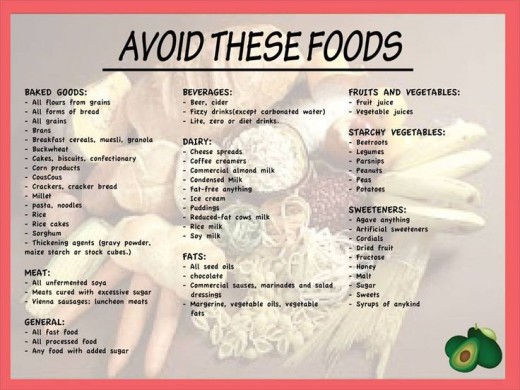
One thing to keep in mind is that after starting the “Keto” diet, some people may feel bad for 2-3 days. One of the most common side effects is called the keto flu, or induction flu. The most common symptoms are:
- Headache
- Fatigue
- Dizziness
- Light nausea
- Irritability
These side effects tend to subside as the body adapts and fat burning increases. Within a week, they are usually gone.
The “Keto” diet is a powerful tool for those looking to get lean, increase energy, sleep better, and much more. There are other potentially life-changing benefits too. The bottom line: it offers real results without relying on medication. When you change the fuel source your body uses, magic can happen.
How to Get Started
So, how does one begin a keto diet? Here are a few tips to help get you started:
- Get educated - get used to the idea by reading success stories, recipes and the science behind the diet.
- Set a date - once you feel ready to begin, pick a non-work day or a few days you can string together that will allow you to ease into it. Keep in mind, it's possible you may get the keto flu, so it's best to be prepared for it.
- Create a week's menu - planning ahead makes it much easier to be successful.
- Create a grocery list - go shopping the day before you start and include snacks like almonds, cheese, veggies etc. Don't forget chicken/beef stock cubes to make broth in case the flu hits.
- Prepare meals - having meals to take to work or school is a good idea. Keep snacks and other prepared food items on hand such as hard-boiled eggs and nuts.
- Ready, set, go! - enjoy the process of becoming a FAT burner by eating healthy, REAL food, and feeling full and energetic while losing weight!
Getting Started
© 2017 Kelly O'Brien

